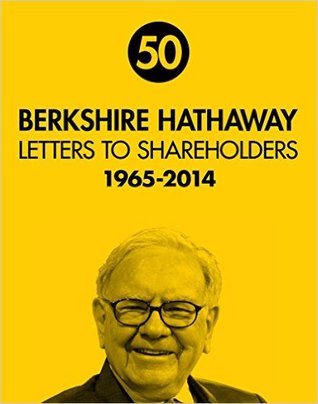In 1972 (and now) relatively few businesses could be expected to consistently earn the 25% after tax on net tangible assets that was earned by See’s—doing it, furthermore, with conservative accounting and no financial leverage. It was not the fair market value of the inventories, receivables or fixed assets that produced the premium rates of return. Rather it was a combination of intangible assets, particularly a pervasive favorable reputation with consumers based upon countless pleasant experiences they have had with both product and personnel.
Welcome back. Just a moment while we sign you in to your Goodreads account.


